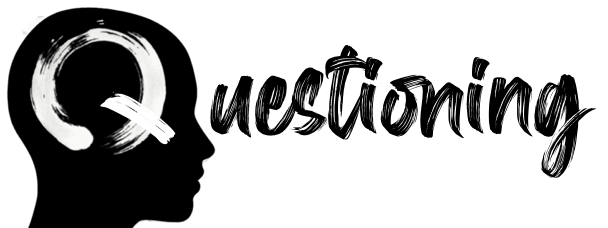A shocking number of years ago, I was in a bland conference room in Vancouver, BC, presenting a workshop about goal-setting. I had come up with a little tweak on a standard approach, which I called SMARTER Goals, taking the old set of Specific, Measurable, Attainable, Realistic, Timely, and adding Emotional and Relational. Choose a goal that matters to you, I argued, or all those other aspects will be irrelevant. Find a way to involve other people, either as collaborators or witnesses, and you’ll be much more likely to succeed.
But I’ve come to believe that goal-setting frameworks are a symptom of a broken culture.
Oops!
‘Setting a goal’ is usually an attempt to bring meaning or value to something I don’t fully want to do. It’s a tacit way to suggest that now isn’t acceptable, that I need to be different, that there’s something to achieve, or that my instincts are untrustworthy.
“We are socialized into systems that cause us to conform and believe our worth is connected to how much we can produce. Our constant labor becomes a prison that allows us to be disembodied. We become easy for the systems to manipulate, disconnected from our power as divine beings and hopeless. We forget how to dream. This is how grind culture continues. We internalize the lies and in turn become agents of an unsustainable way of living.”
― Tricia Hersey, Rest Is Resistance: A Manifesto
We live in a context where we’re evaluated on our contribution to systems of extraction (be they resources or attention). We are not good enough for a variety of reasons, and so we should hustle, strive, improve. We want love, acceptance, and security, so we are susceptible to modernity’s idea that we can be both conveniently comfortable at all times and also impressive achievers who GSD.
Living in purpose is uncomfortable and mysterious.
Being in purpose does not have a set of steps that are specific, measurable, or realistic. Living in purpose involves taking actions, learning, having a direction, but also requires humility and an awareness that each step takes us into a place with a new perspective. What we think is the end-state from our current vantage is likely to be just a reinforcement of an obstructed view.
What is happening when I think I need a goal?
Maybe I have lost my way. Maybe I am getting mired in deficit, maybe I am afraid. Maybe I am hungry, angry, lonely, or tired. Maybe I am avoiding grief.
Goals are what I have when I don’t have a connection to purpose. I have to invent things that need a structure or framework to accomplish.
What do I think goals will lead to? Power, money, status, being “better” than I am now?
What if I am already OK?
Goal-setting implies that without some explicit force on myself, I am likely to do absolutely nothing. That I am ‘lazy’ or ‘indolent’ and have no internal compass that will guide me to take action. My experience is the opposite. When I take the time to listen, to be still, I discover that not only am I driven to take action, but that so many of the things I might add into a list of goals are irrelevant to the purpose. When I take the time to feel what’s inherently there, I make choices that are healthy for my physical and mental health. I am not struggling with temptations. I’m not looking for distraction.
Mihaly Csikszentmihalyi’s studies on flow state indicate I can be happy doing something that is challenging enough to stretch me, learning something, being able to confront a challenge, being uncomfortable enough to be excited. I do not need a ‘goal’ to get into flow.
If am here to be of service, rather than to ‘win,’ I know that I will do what matters. I get to rest when it feels right, I push myself because there’s joy in it. I get to trust that I’m going to show up, and if I notice that I am avoiding something, I get curious. I am compassionate.
But wait! Perhaps there are useful things about goal-setting in collaborations. When I work with other people, it helps not only to be purpose-aligned but also to have some clarity, some structure, some ways of making agreements in the same language. Work with other people often involves projects, situations where it’s useful to have a distribution of tasks and levels of abstraction. Instead of goals, what if we think of collaboration in terms of well-designed experiments?
A goal that isn’t simply “I’ll have learned something” probably is delusional anyway. We set out to achieve a goal of the SMART variety without really knowing what it will lead to. Goal-setting typically leaves out the vast unpredictability of life circumstances.
We usually want to have a feeling, because that’s what decisions are built on. When I think I need a goal, I can wonder, ‘what is it that I am hoping to feel?’ When I think I need a goal, I might also ask myself, ‘what am I avoiding?’
A life without goals isn’t aimless. I can only be in purpose when I can show up without an agenda, without needing to be important. I matter, not because I met a target, but because I am here.

